Pretty Cure 101: Everything You Need to Know And Some Things You Don't
by Ivan Ituriel,If you know anime, you know Magical Girls – that's just how life works. Be it classics like Himitsu no Akko-chan, Minky Momo and Sailor Moon, modern reinventions like Nanoha and Madoka, or whatever the heck Flip Flappers was, the magical girl genre has been a pillar of anime for longer than most people reading this have been alive. And yet, I don't think most people outside of Japan are aware of what is not only the current face of the genre, but arguably the most successful magical girl franchise ever: Pretty Cure.

[There's no such thing as too much Glitter.]
That is no exaggeration. Pretty Cure, most commonly known as just Precure (it would take me a whole paragraph to explain why so let's leave it at that), might not have the worldwide recognition Sailor Moon has – at least not yet – but at 17 seasons and counting, it easily dwarfs it in length. I know that number is a bit hard to process, so think about it this way: Precure has been airing every week almost uninterruptedly for longer than YouTube has existed.

[Yes, that YouTube.]
General audiences not being well versed in all things Pretty Cure is not exactly shocking. While Precure is the hottest children's property for girls ages 5 to 8 in Japan, most of the anime that is exported out of the country, even those considered part of the magical girl genre, aim for a completely different demographic… but I am getting ahead of myself. Let's jump into the collectable toy train, crash this course and talk about Pretty Cure.
What in heaven's name is Pretty Cure?
To really understand what Precure is and how it can make your life better in exchange for money, first you need to be familiar with the particular TV block where it airs: The Nichi Asa Kids Time. Many moons ago when the Earth was young and no one had ever heard of "Hare Hare Yukai," the Tokyo-based TV Asahi Network formed an unholy alliance with the legendary production company, Toei Co., Ltd., and the actual owners of my soul, the Toy Empire commonly known as Bandai. Their shared goal was to create a two-hour programming block that would air content produced specifically for kids every Sunday morning.
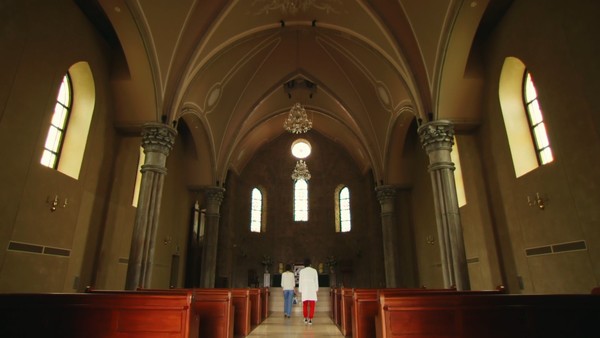
[Like Church, but with even more plastic toys.]
The Sunday Morning Kids Time has gone through several changes, but the lineup usually consists of the Super Hero Time block, where the current Super Sentai and Kamen Rider seasons have aired since time immemorial (circa 2000), a shonen show that changes every year or so, and a shoujo anime that has been Precure's official time slot for most of the 21st Century.
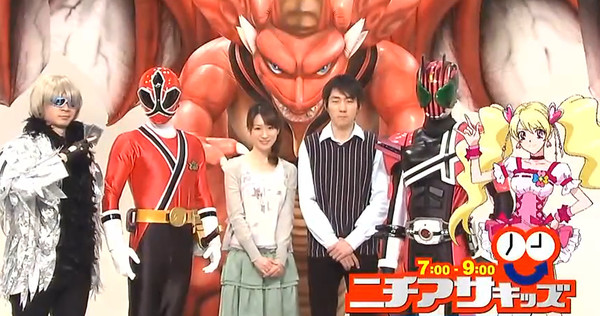
[This is where Digimon usually airs.]
Once Ojamajo Doremi ended its run after four years of ruling the magical girls landscape with an iron fist, Toei direly needed to fill out that time slot. Since the show that replaced it, Ashita no Nadja, didn't exactly set little girls on fire, the powers that be tasked producer Takashi Washio with creating a whole new IP aimed at the young girl demographic. Problem was, he had zero experience making shows for girls, let alone little ones. Not one to be deterred by the small details, Washio-san (as I call him inside my heart) looked at the most popular boy's franchises in Japan, Toei's Kamen Rider and Tsuburaya's Ultraman, and said “I want to make that but for little girls.”
An action show made for girls might not seem like a huge deal now, but back then it was nothing short of groundbreaking. Washio-san's inexperience with doing content for such demographic proved to be exactly what Toei, and humanity, needed; from his perspective, boys and girls are not so different at that age – sometimes girls want to go on a rampage too. And that is how Pretty Cure began.

After a little more brainstorming that somehow involved the movie Rush Hour, on February 1, 2004 the first episode of Futari wa Pretty Cure aired, and it was a smashing success surpassing pretty much everyone's expectations. The toys sold out within weeks, reviews were raving if that's a verb, and it wasn't long before Toei and Bandai renewed the show for another season.
And then another one.
And now you're reading this almost 20 years later and it's still airing.
Of course, being an action-driven show for girls isn't the only reason why the franchise has remained popular for so long; like similar Toei properties, the show is completely renewed every year with a new premise, new characters and a whole new toy line, which has allowed the show to reinvent itself when needed while keeping the core ideals of the franchise intact: the power of friendship, kicking, and how any girl with the conviction to protect others can become a Pretty Cure.

[Plus, the designs are just cute.]
Yeah, yeah, I get it, so what's so special about it?
Okay, first, get your feet off the table. And secondly, that IS a good question: how is this toy commercial that is sponsored by other toy commercials not only popular among children but has an adult following both in and outside of Japan, even when there are other magical girl shows aimed at older audiences that are infinitely less embarrassing to watch?

[For the record, I don't have any shame.]
There are several answers to that question and only half of them involve shipping, but if I had to pick the dumbest one, it would be that Pretty Cure is not a magical girl series; it's a superhero show.

[Heroes come in literally every color.]
Sounds dumb, which I did warn you about, but it's true. This is not only a running joke within the franchise, but the superhero genre is literally in Precure's DNA: not only does it air right before the two most prominent superhero shows produced by Toei, but from voice actors to writers to producers and even music composers, Precure draws from the same pool of talent that Kamen Rider and Super Sentai does, so you do get similar ideas and concepts across all three shows. Plus, it is not an exaggeration to say that Precure still produces some of the best (if short) animated action sequences in the medium, despite often having a limited budget.
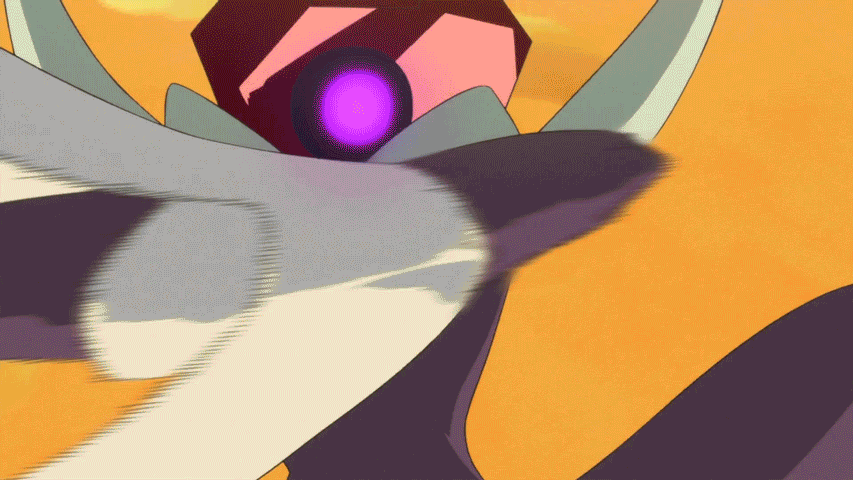
[This aired concurrently with Dragon Ball Super.]
Of course, Precure's appeal goes beyond that.
While the show is aimed at children, it knows the importance of not treating them as such, so it doesn't pull its punches when it really matters; Precure is a franchise about friendship, trying your best, and trying your best with your friends, but even when it deals with serious topics like death or child abandonment, it never talks down to the audience, nor does it try to exploit the drama for shock value. Instead, it approaches these moments with brushes of honesty and earnest optimism, something that you rarely see in other properties that try to cater exclusively to an adult audience.

[Honestly, those people are missing out.]
There is this misplaced idea in media that adults can only get invested in stories that are dark and serious, but Precure understands that just like there is no difference between what relates to boys and girls, there's also no need differentiate between kids and adults in that respect either; disappointment and failure are part of life, but giving into cynicism is not the way to deal with it, which is why we want someone to reminds us that friendship, courage and love are not just pretty words. They are things that matter. Maybe they won't solve all of life's problems, but it is by believing in those ideals that we can keep trying our best, so even if we fail, we can still be proud of our efforts and become better people. And that's a message that has no age limit.

[Which is why the toys are ages five and above.]
Fine, you got me, where do I start then?
With 800 episodes and counting, getting into this franchise can be a daunting prospect, even for people who have the fortitude to keep up with One Piece. But as with all mystical quests, the best way to start is to ask a Wizard.
Unfortunately, you'll have to make do with me. Also, wizards are not real.
Still, as any person with crippling anxiety can tell you, making choices is hard, so I prepared this list of Precure seasons that are good options for beginners, both because they are good representations of the franchise, and because I love them and I am biased.
- Fresh Pretty Cure
- Futari wa Pretty Cure
- Yes! Precure 5
- Go! Princess Precure
- Star Twinkle Precure
- Kirakira Precure a la Mode
- Healin' Good Precure
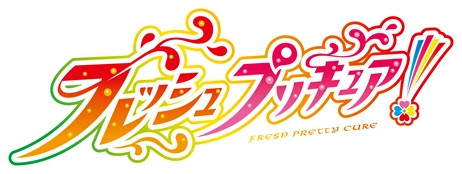
The sixth entry in the franchise and one of the most important ones. While Precure had been profitable thus far, it had yet to prove it had the staying power to rub it in the face of the entire shonen genre. But then Fresh modernized the series' formula, and it was such a success it ensured Precure's place in the Toei Pantheon of Properties That Make A Lot Of Money. Plus, episode 23 annihilated me both physically and emotionally, and that has to count for something.
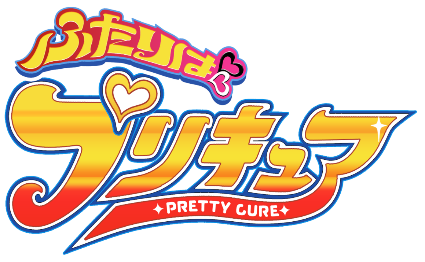
The show that started everything and one I believe everyone should watch at some point. There is a small caveat though; this show was made back in 2004, so like most millennials it tries to innovate in a lot of ways but can't quite let go of the '90s. That means that the writing of the main characters is superb and the action is often great, but everything else feels outdated by modern standards. The opening still slaps though.
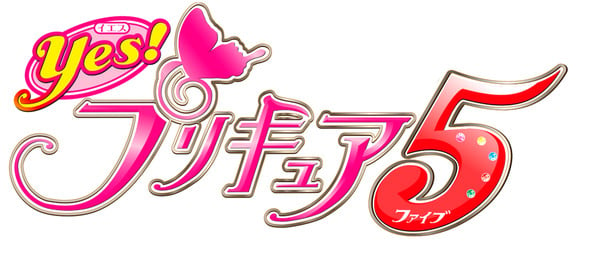
A fan favorite, this was the first season in the franchise to feature a cast of – wait for it – five members. Not a revolutionary idea, but Yes! Precure 5 has to be one of the finest examples of character writing out there. That said, the way the characters are developed is slow-paced and very deliberate – a style that only really works on a 50 episode show – and that might not work for everyone. Still, I do think it is absolutely worth the investment and hey, if humanity could get through two world wars, you can get through Yes! Precure 5.
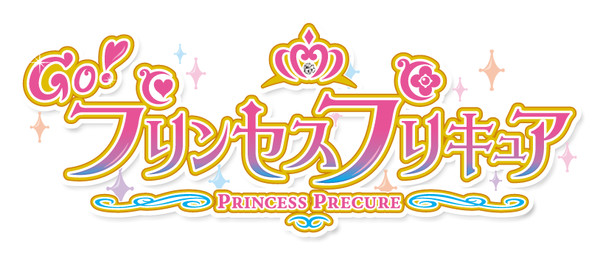
A personal favorite, I like to think of it as the little season that could: back in 2015 the then ongoing war with Aikatsu! among other things had taken a toll on Precure sales and ratings, so Go! Princess had the no easy task of keeping the franchise afloat with a limited budget. And it succeeded. Granted, it is not the most original series, there's hardly anything in there that Precure hasn't done before, but the show is crafted with such love and care that it became one of the most memorable entries in the franchise. Not to mention it gave us the best protagonist, ever.

[This image holds more power than most governments.]
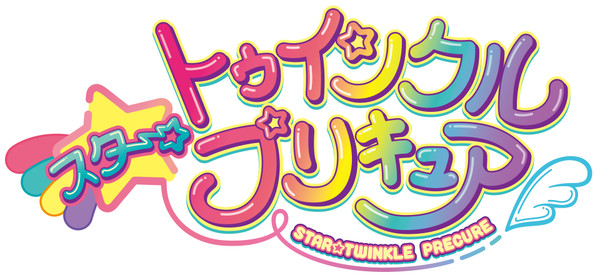
One of the most recent seasons, Star Twinkle took the genre by storm by teaching its young and impressionable audience about the wonders of space, cryptids, and doing crime. No, I won't go into any more detail about that. Star Twinkle does have a bit of a rough start, but once it hits its stride, this story about a group of girls who are way into space becomes a heartwarming tale about accepting others, friendship, and finding your own place in the universe.
Plus, it has 100% more Lala per episode than any other TV show in history.
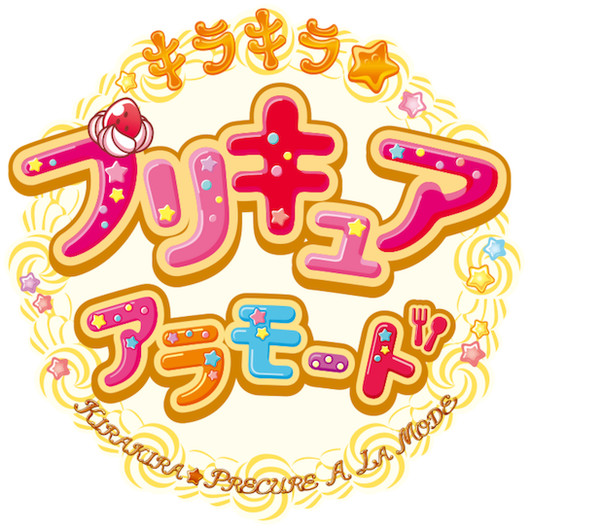
Dear Mr. Toei, could you please put me in contact with whoever decided that combining three separate languages in a single title was a sensible idea? I just want to talk, I swear. Anyways, Á La Mode has to be one of the most popular seasons in recent memory, thanks in part to its unique appeal to two unlikely demographics: people who make sweets and Furries. Regardless, this is a fantastic if a bit uneven season that is very easy to recommend. Just don't go into it with an empty stomach.
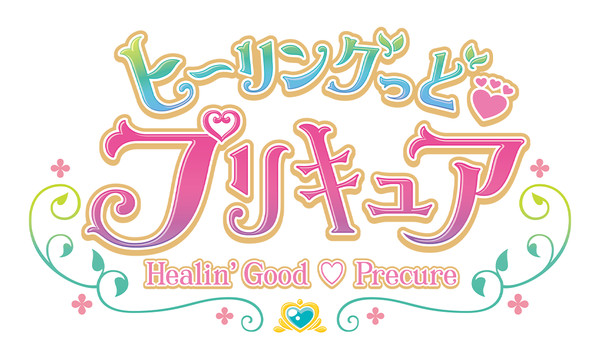
The currently airing season, I'd rather save my thoughts on it for now but I will say this: the main writer for this season is none other than Junko Komura, a rising star in the Toei dungeon of writers who not only has penned some of my favorite Precure episodes, she was also the main writer for Lupinranger vs. Patranger, one of my favorite Sentai seasons. Suffice to say I have high hopes for Healin'Good, not to mention the show has one of my favorite groups of fairy mascots of the last few years.

[Pictured: My babies.]
Pretty Cure has certainly come a long way. Few franchises can say they've endured this long without exclusively pandering to nostalgia *cough* Digimon *cough*. My petty grievances aside, not everything has been guns n' roses; while the original show got dubbed far and wide, only a handful of the later seasons became available in other countries. Fast forward to the present and, a Netflix adaptation that we don't talk about notwithstanding, the international fandom has only managed to thrive thanks to the power of those who sail the high seas.
Until now.
After years of sending strongly-worded tweets at Toei, the fans finally got their wish: Healin' Good Precure is now being simulcasted via Crunchyroll. Better yet, at the time of this writing Kirakira Precure a la Mode just became available for streaming, with the promise of more on the way! Honestly, the future of the franchise has never looked brighter, which is both a good and a bad thing: good because it means now there will be more Precure fans than ever before, and bad because Precure fans never shut up about Precure.
Believe me, I am one of them.
discuss this in the forum (22 posts) |